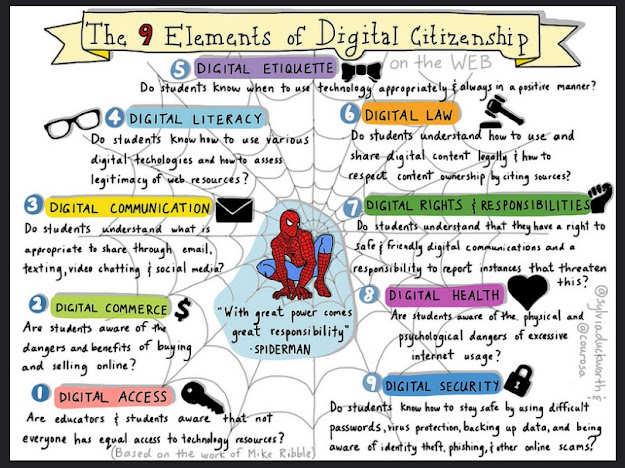Digital footprints
Digital footprints
There are two main classifications for digital footprints: passive and active. A passive digital footprint is data collected without the owner knowing (also known as data exhaust),whereas active digital footprints are created when personal data is released deliberately by a user for the purpose of sharing information about oneself by means of websites or social media. Information may be intentionally or unintentionally left behind by the user; with it being either passively or actively collected by other interested parties. Depending on the amount of information left behind, it may be simple for other parties to gather large amounts of information on that individual using simple search engines.
Build a positive digital footprint
The negative impact of a digital footprint could be daunting and make one flee from social media in attempt to not have a digital footprint at all, yet this can be beneficial if thought about carefully and not carelessly. Experts advise people not to delete their accounts in an attempt to go off the map; instead, experts advise doing the following actions in order to create an appealing digital footprint:
- Research yourself: By doing this one can see what type of information follows them and is a part of their digital footprint.
- Think before posting: This will allow for time to consider whether or not this is something that should be a part of one's digital footprint. Sources say that those who do not consider all possible implications of what they post on the internet may be negatively affected when looking for employment.
- Highlight attractive traits and qualities: Using the Internet and social media outlets to highlight one's greatest attributes and qualities will allow the person to be seen in a positive light. Since it is already known that digital footprints are evaluated by potential job employers and universities in the application process then applicants should use that to their benefit and to make them look attractive.
Here are a few tips to help you demonstrate and teach how to be a good 'digital citizen':


Comments
Post a Comment